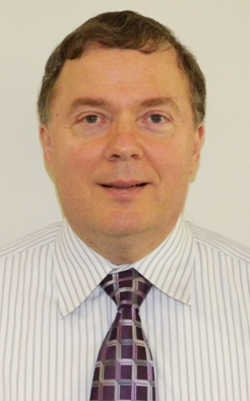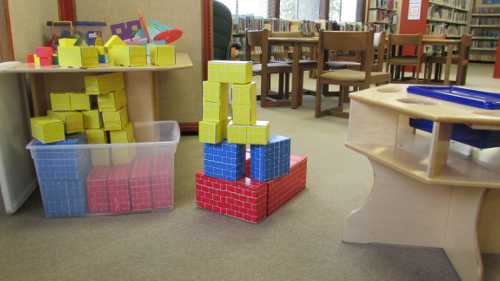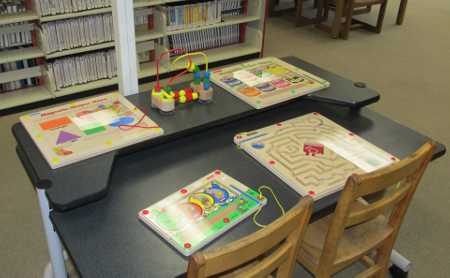- Greg Cornish
- Posted On
Cornish: The hijacking of medical marijuana and why you should vote yes on Measure N
In 1996 California voters were presented with a ballot choice to legalize medical use of marijuana. What was touted at the time were uses for glaucoma (stimulating blood flow to the eyes, I think), and a cure for nausea and increased appetite for cancer patients.
I don’t think many of us who voted for it (including myself) read the proposition. It seemed innocuous enough. If a person wasn’t hungry after chemo they could light up and get the good old “munchies.”
I knew that worked. I started smoking marijuana in 1960s and quit about the time the term “a bud of pot,” or an “O-Z of pot” was used instead of the term, “a lid of pot,” in the late 1980s to early 1990s. It also was about the time pot became so powerful and so rich in THC, it nearly immobilized me instead of giving me a buzz. I never really found it to be harmful to me at the time, or addicting. I just liked the buzz.
Then somewhere in the 80s my wife and I looked at each other and asked, “Geez, how long has it been since we smoked pot?” The answer was three years. The urge to smoke it had just worn off without our being aware of it. We were at a stage of life where we really enjoyed our sobriety.
There were many children of the 60s like us across the U.S. who enjoyed marijuana. We had no idea where it was grown – probably Mexico – with names like Oaxacan Brown and Acapulco Gold. We just used it to relax. What harm could there be in approving it for medical use, if it helped poor chemo patients and folks going blind? None.
What harm could there be for these patients growing three to six plants in their backyard, since they didn’t sell pot in drug stores? Probably none.
How about access to marijuana? Heck, no problem there – during my 20 years of smoking marijuana, I think I’d only had trouble finding it once during a month long stint of -40 degree weather in Minnesota in the 70s. Access to pot was definitely not a problem, and I lived on a meager pension.
I wish I had that 1996 medical marijuana vote back. I had no idea the law would be hijacked by so-called entrepreneurs.
Little did we know that the poor California legislators felt “left out” of the loop and had to weigh in.
However, until the California 420 law, things seemed to be running fairly smoothly. A few “patients” grew their own pot. A few new medical conditions were being added to the list.
Then with SB 420 the proverbial STUFF hit the fan. Suddenly people found that according to the state, they could legally grow up to 99 plants per patient. The GREEN RUSH was on.
Friends of mine who had money and had never grown pot or smoked it for 20 years were suddenly talking about forming collectives and making tons of money. Some followed through. After the fact, they started studying the medical benefits of marijuana. Soon there were, supposedly, over 400 things that pot could cure or help.
The Green Rush, like the Gold Rush, brought danger and lawlessness. With the Gold Rush it was the promise of quick riches and a moneyed future that put stars in the prospector’s eyes. While the West boomed in population, there was chaos and lawlessness. In the end, the only ones who made money were the pimps, Levi Strauss and the people selling picks and shovels. But throats were cut, people lost all they owned, men were shanghaied and claims were jumped. Only time healed these wounds.
In the Gold Rush in Alaska, livestock was kicked off the ship far from the dock and men waited on shore to steal the cattle and horses of the people on board because theirs had been stolen when they arrived. So it goes with the Green Rush as bodies are found in pot fields, alongside roads, home invasion and murders increased, neighbors of pot growers are intimidated into submission, wildlife is poisoned, streams dried up, rivers run at 1/10th capacity and people are afraid to venture out.
Lawlessness
And so it goes with the Green Rush. Suddenly growing pot for medicinal reasons only, and up to 99 plants, was interpreted as, “Pot is legal to grow in California – move there and get rich!”
The lazy legislators had failed to do their long range planning or thought about the future. They left out the cost of damage to the environment. They left out from seed to flower to dispensary tracking to legitimize “medicinal purposes,” and they left out the hard work it would take to regulate it like alcohol or medicine. They just threw a BS law at the public and let us roll in its wake.
The only thing they did right was to not hinder the county’s right to rule on dispensaries and controlling marijuana grows. But while they piled on new financial burdens to local law enforcement and code enforcement, they never offered us any money to offset these costs.
Soon, as you drove across the Rodman cutoff, trees began to disappear and ugly board fences and motor homes began to dot the scenic hillsides. It was only a visual fraction of what was happening. Heavy equipment started driving down my fire road – tearing it up – that I just invested $1300 in improving. No grower stopped and offered to offset my costs.
They had total disregard for county code. A once scenic area where kids road motocross bike and folks enjoyed horseback riding and hiking became still. There were now strangers with guns and guard dogs that naturalists were afraid to go near. People who stopped on the hill to take in the night skies had spotlights shined in their eyes and were questioned why they were on public roads.
Horses and goats were attacked and killed in Middletown, children threatened by guard dogs and people. Most often at arrests, at each illegal grow, loaded firearms were confiscated along with oxycontin, meth and other harder drugs were seized.
The Lake County Board of Supervisors put together a “more than fair” ordinance for growing and by today’s standards was very lenient. However, because it didn’t allow the growers who were hijacking the medical marijuana issue to grow up to 300 pounds and 100 plants in their backyard, they organized and with a measly couple thousand signatures and were able to derail it. They wanted no ordinance. Without an ordinance they figured they could grow as much as they wanted.
However, they were outsmarted by the BOS, which came out with an emergency ordinance, which put fair rules in place. However, this was not without consequence, as pot people were brought in from outside the country from the Bay Area, Humboldt County, Santa Rosa and Sacramento for a show of pseudo solidarity and disrupted our political process.
Then the growers threw together their own proposal, Measure D. It was so destructive to our environment and our neighborhoods it was defeated by a 66 percent to 34 percent margin.
Now Lake County citizens have seen the potential destruction of our county and the destruction done to our environment firsthand by these growers that have hijacked the medical marijuana laws. Lake County citizens have made their displeasure with these criminals known to the BOS, and a more stringent ordinance was passed unanimously by the Board of Supervisor to protect that 66 percent of our citizens who voted down growers' plans.
Now that ordinance, Measure N – a common sense measure – is on the ballot. Measure N is the last bastion between common sense growing and full-scale takeover by growers.
If Measure N fails to pass, anyone can grow 99 plants and the citizens are helpless against it. The growers, after being defeated once, now have another measure in the works for November. If Measure N fails, why would the growers want a measure? Lake County will have the most wide-open marijuana growing laws in California!
If Measure N passes, then the growers will put their opposing measure on the ballot and we will vote that measure down.
All of my environmentalist, eco-friendly Democrat friends and my conservative Republican friends are united on this. It is fully bipartisan.
Yes on Measure N is endorsed by members of the Lake County Board of Supervisors, Lake County Deputy Sheriff’s Association, Lake County Chamber of Commerce, Kelseyville Business Association and Marv Butler, candidate for District 3 supervisor.
I believe the citizens who voted down the growers' measure before will turn out at the polls and vote yes on Measure N in June!
Greg Cornish lives in Nice, Calif.










